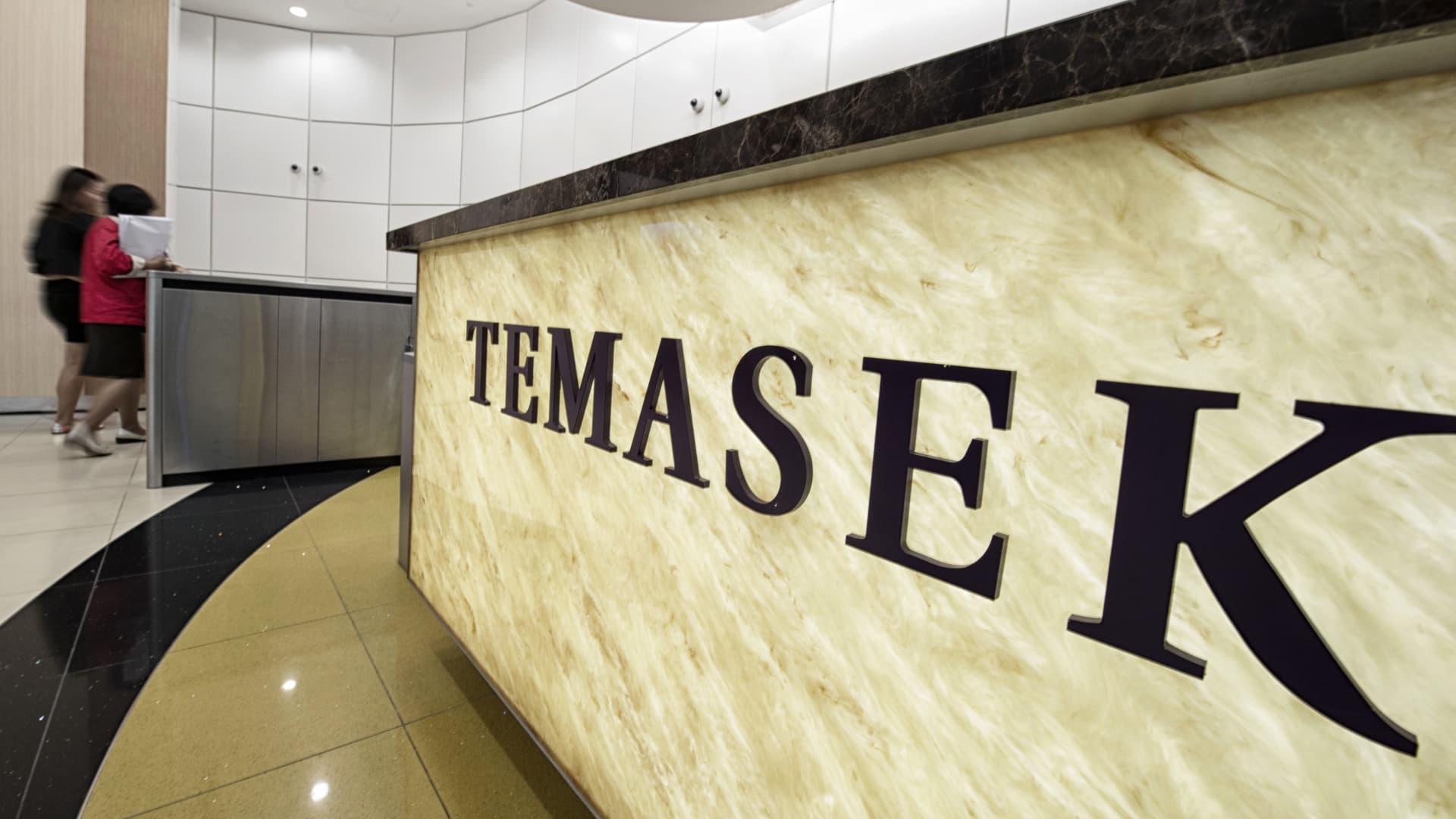Close up of electrical engineer inspecting copper windings in an electrical engineering factory.
Monty Rakusen | Digitalvision | Getty Images
The cost of copper for U.S. buyers has rocketed after President Donald Trump said he would impose a 50% tariff on imports of the metal.
It means that already elevated prices are now even higher in the U.S. than elsewhere — and analysts warned of a hit to businesses and the wider U.S. economy as a result.
The U.S. imports just under half of its copper, which is used in products ranging from machinery, electronics and household goods to housing and infrastructure projects. Trump's stated ambition is to increase domestic production, but experts say this will take years to ramp up and decades to fully meet demand — at a massive up-front investment cost.
Traders have been poised for a presidential announcement on copper duties since February, leading to major shifts in inventories away from Europe and Asia and into the U.S.
However, the rate and timing was unclear — and market participants say they remain so, given the ambiguity in official messaging this week, potential room for exemptions to be negotiated, and recent examples of swift policy changes from the White House. Commerce Secretary Howard Lutnick told CNBC Tuesday the duties would likely be implemented at "the end of July, maybe August 1."
U.S. cooper prices ended Tuesday's session over 13% higher — the sharpest single-day gain since 1989 — hitting a record high of $5.69 per pound. On the London Metal Exchange (LME), the global benchmark, prices rose just 0.3%.
It's a reflection of the unusually wide premium that's developing between U.S. copper and the metal elsewhere.
As U.S. prices remain elevated despite larger-than-usual inventories, the premium in U.S. COMEX prices over those on the LME has fluctuated between $500 and $1,500 a metric ton in recent months, since Trump announced a probe into copper in February. Historically, that rate has been near-zero, and was around the $150 level in 2024.
Prices on the Shanghai Metals Market, meanwhile, have been similar to those on the LME.
On Tuesday, the COMEX-LME price premium soared by 138%, moving above $2,600 a tonne, according to London-based agency Benchmark Mineral Intelligence.
By August, Benchmark said that U.S. consumers could be paying around $15,000 per metric ton for copper, while the rest of the world pays around $10,000, assuming the 50% tariff rate comes into effect at the start of the month.
This huge discrepancy will start to have a major economic impact, Daan de Jonge, Benchmark's lead analyst for copper demand and prices, told CNBC.
"On household spending, if you're buying a new fridge, air conditioner, car, everything is going to get more expensive, and companies could reasonably be expected to pass that on," he said. Depending on the final baseline tariff rates, U.S. consumers could opt to buy goods produced more cheaply abroad due to that impact.
"If we're looking at public investment, U.S. debt has got more expensive, the dollar is declining, and now you're getting a major raw material cost increase for infrastructure investments ... I'd expect that to start showing employment effects."

Another side effect may be that projects start to swap copper for cheaper aluminum, which in some cases can be used as a replacement, though it is heavier and more expensive to maintain in the long run, de Jonge said.
"All of this definitely enters the risk range of demand destruction," he noted.
'Watershed moment'
Obstacles to increasing domestic production include longstanding permitting delays for mining projects and the huge cost of opening new facilities, which would rely on current market dynamics persisting long into the future.
"The question is, can America substitute imported products with domestically-made products, and how quickly?" Peter Chase, senior fellow at the German Marshall Fund, said Wednesday on CNBC's "Squawk Box Europe." Major sources of U.S. copper include Chile, Canada, Peru and Mexico.
"There's a reality that has to be dealt with, and the price of copper with a 50% tariff is not going to mean copper production in the U.S. goes through the roof tomorrow."
Chase said U.S. consumers and businesses will feel an immediate impact, and it will likely hit the U.S.'s AI infrastructure build-out plans.
Analysts at Citi, meanwhile, called Tuesday a "watershed moment for the copper market in 2025."
"Imminent flagged tariff implementation should abruptly close the window for further significant U.S.-bound copper shipments (possibly for the rest of 2025)," they said in a Wednesday note, saying this would cause a pullback in ex-U.S. pricing.
However, they do not expect the COMEX-LME premium to reflect a full 50% tariff, given both the recent U.S. inventory build-up and the likelihood of key U.S. copper exporters eventually negotiating a lower rate — another possibility still hanging over the market.

 5 hours ago
39
5 hours ago
39




























 English (US)
English (US)